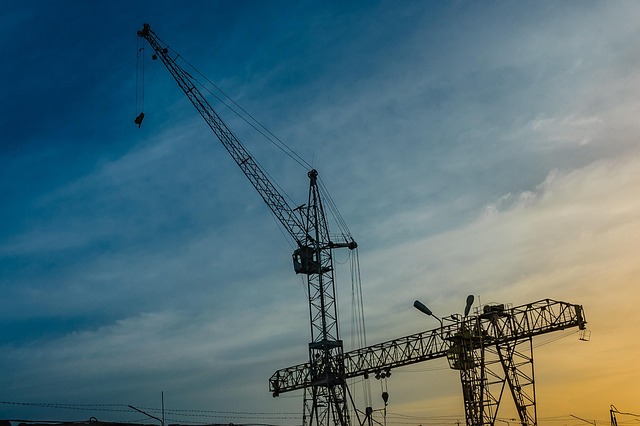Unlocking the Potential of Infrastructure Utilization for a Sustainable Future
Imagine a world where every stretch of road, every transit hub, and every transportation asset isn’t just a piece of concrete or steel, but a vibrant artery that breathes life into communities, especially those in rural areas. This is the promise of enhanced utilization of infrastructure — a concept that not only optimizes existing resources but also sparks profound progress in transport sustainability and rural development.
Why Utilization Matters in Infrastructure
Infrastructure utilization refers to the effective and efficient use of physical assets to their full capacity. Too often, rural regions suffer from underused roads or transit systems, resulting in wasted opportunities for economic growth and environmental stewardship. By focusing on utilization, we are not merely maintaining what exists; we are unlocking untapped potential to create sustainable transport networks that interlace with rural livelihoods.
The Role of Utilization in Transport Sustainability
Transport sustainability hinges on reducing environmental impact while maximizing accessibility and economic viability. When infrastructure is underutilized, energy consumption rises as vehicles are stuck in congestion, routes are inefficient, or public transit fails to attract riders. Enhancing infrastructure utilization enables optimized traffic flows, better service schedules, and integrated transport modes that reduce emissions and conserve resources.
For instance, a well-utilized rural transit system can diminish the dependence on private vehicles, lowering carbon footprints and easing congestion. This not only helps the environment but improves the quality of life for residents through more reliable and affordable mobility options.
Bridging the Gap with Rural Development
Rural development thrives on connectivity—connecting people to markets, education, healthcare, and social services. Enhanced infrastructure utilization becomes the bridge that ties isolated regions to broader economic systems. When transport infrastructures are leveraged fully, rural communities gain newfound access to opportunities previously hampered by poor transportation links.
This improved connectivity ignites rural economies by enabling local producers to reach wider markets, encouraging tourism, and attracting investments. Furthermore, prioritizing sustainable transport infrastructure helps preserve the natural beauty and biodiversity of rural areas while facilitating growth and innovation.
Challenges and Pathways Forward
While the benefits are clear, increasing infrastructure utilization faces hurdles such as funding constraints, lack of coordination, and technological gaps. Collaborative planning involving local stakeholders, government agencies, and private partners is essential. Investments in intelligent transportation systems, real-time data analytics, and adaptive scheduling can significantly uplift infrastructure performance.
Empowering rural voices in infrastructure decision-making ensures that solutions are context-specific and sustainable. Ultimately, a conscious effort to maximize infrastructure utilization will pave the way for resilient transport systems that support thriving rural communities and a healthier planet.




